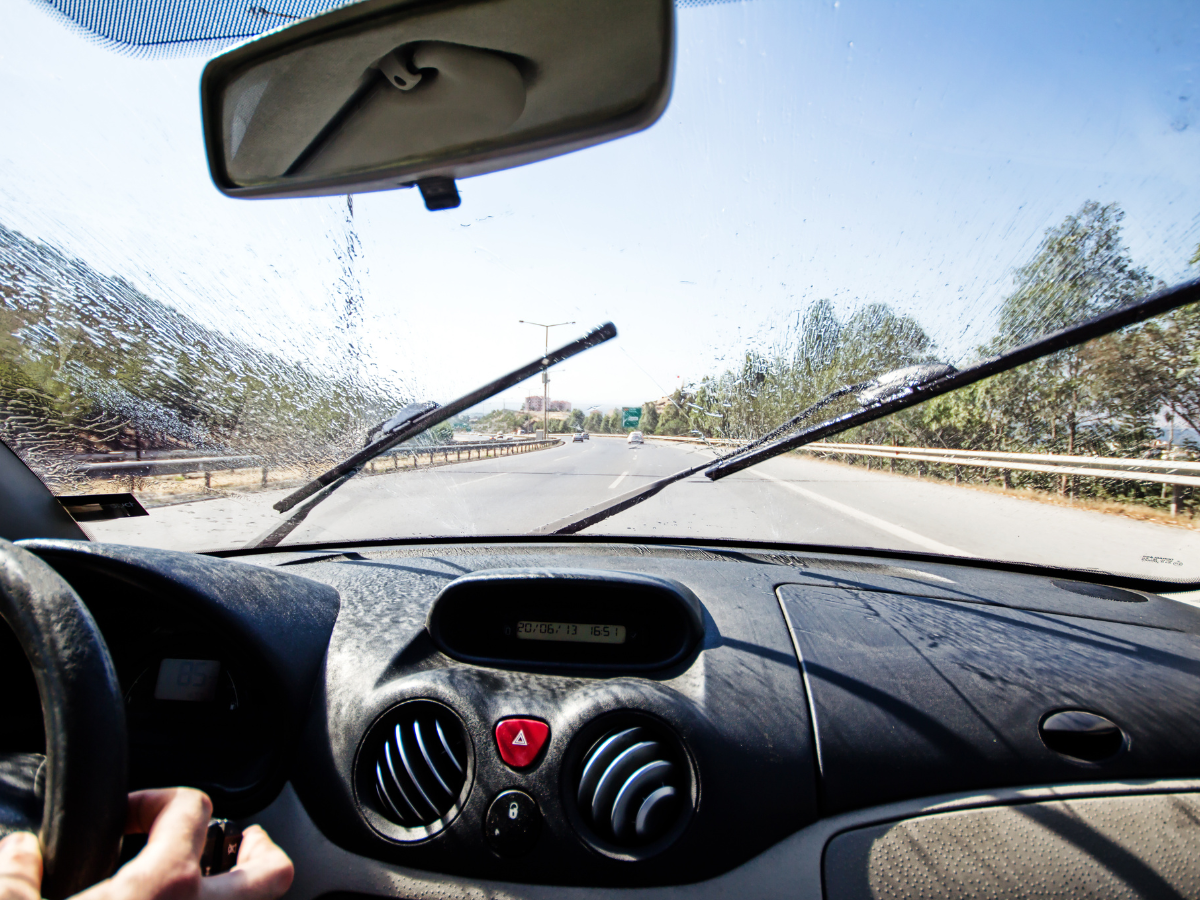Do-it-yourself car maintenance has come a long way over the years. Besides pumping your gas for you, service stations in the 1960s could fix a tire and check your oil.
Nowadays, there’s a lot you have to stay on top of when it comes to maintaining your car. But knowing the essentials of tire safety is one of the simplest things to learn.
Knowing when your tires need more air and when to replace them are important skills for every driver. Keep reading and we’ll take you through five of our best tire safety tips.
1. Checking Your Tire Pressure
We measure tire pressure in pounds per square inch (PSI). PSI refers to how much force (in pounds) exerts on the inner walls of the tire (in square inches). Your car’s manual will always have a recommended PSI measurement for its tires.
Each tire also has a recommended PSI value listed on the sidewall of the rubber. Making sure your tires are at the recommended PSI level keeps car handling stable. It also keeps gas mileage consistent and you won’t have to go in for an alignment as often.
You can check your pressure with a small gauge most people keep in their glovebox. All you have to do is remove the cap on the air valve and put the gauge on the valve lip.
After you feel a quick puff of air, a stick that measures PSI will start to lengthen from the other side of the gauge. If it’s low, you can fill it at a gas station or by taking it to a service shop. If it’s high, you can release pressure using the gauge by holding it at an angle and letting a stream of air out.
2. Looking For Wear and Tear
A routine check for scrap remnants lodged in your tires can help you know when it’s time to replace them.
Small pieces of foreign debris can cause your tires to deflate over time. In these cases, you can plug a tire yourself using a safety seal tire plug kit.
You should still have a professional look at your tire after plugging it yourself. They’ll assess the puncture and the plugged tire safety, and see if you can continue driving on the tire.
A warranty could even cover cases of wear and tear. You have to be able to prove the damage was not from negligent driving. This would include hitting a curb or a pothole in the road.
Tires can also have air bulges that come from the sidewall. This means the inner rubber layers have worn down to the point that air leaks through and forms a bubble.
It’s never safe to drive on a bulging tire. It could burst at any time and cause you to lose control of your vehicle.
3. Checking the Tread
Tire tread gives your tires the ability to grip road surfaces for smoother handling. If your tire tread is low, it could lead to mishandling your steering and cause accidents.
Tires with worn tread are also more prone to punctures. You may keep a tire plug safety kit on hand, but the benefits of replacing bald tires outweigh the risks.
Tires need replacing when the tread has worn down to 2/32 of an inch. An easy way to check this yourself is by using a penny. If after inserting a penny into a tread groove you can see the top of Lincoln’s head, you need a new tire.
4. Getting Your Tires Aligned and Rotated
Tire alignments and rotations play a big part in driver safety and can extend the life of your tires. Only professionals can perform alignments and rotations. Shops can pair these alongside general service oil changes with ease, so it’s a good idea to ask for them when you can.
An alignment keeps your tires balanced and keeps your car from veering to the right or left. It also stops your car from bouncing and shaking due to uneven tire tread levels that emerge over time.
Tire rotations address irregular wear depending on your car’s driving capabilities. Technicians keep to a rotation pattern depending on if you have front, rear, or all-wheel drive. Switching tires from the front to the back and vice versa keeps the tires’ tread even across all four tires.
Most car manufacturers recommend getting a tire rotation between 5,000 and 8,000 miles. But you can opt for this service sooner if you notice uneven wear in the tread.
5. Having a Spare
Making sure you keep a spare as a safety tire can get you back on the road faster after a blowout. If you keep a spare tire, make sure to check it alongside your regular tires’ pressure and tread.
Tire blowouts don’t happen often, so it’s easy to let your spare tire go unnoticed. When the time comes to put it on, it needs to have an adequate tread level and pressure.
Most spares tires are smaller than regular tires and have less tread. Driving longer than 50 miles can damage the tire and cause unnecessary wear on the other three tires. You should only drive on a spare for necessary trips, and finally to get a new tire.
Keep in mind that most spares can only go so fast. Unless you keep a full replacement tire on hand, you should aim to stay off high-speed roadways.
Tire Safety Tips for Every Driver
Following these five tire safety tips can help every driver stay safe on the road. All you need is your trusty tire gauge and a consistent inspection routine. If you find yourself in need of tire service on a regular basis, we’re here to help. Check out our subscription plans and find a package that suits your needs today!





